Your Definitive Guide To The Digital Marketing Basics
Digital media accounted for 64.4% of global ad spend in 2021, up from 60.5% in…

The pandemic has brought about a lot of changes and adaptations which have efficaciously changed the way people shop and experience brands. Adjusting to this mad rush of brands emerging online and everyone chasing ‘phygital’ and ‘omnichannel’ has unlocked a new horizon of opportunities for D2C brands; as customers take charge to demand and dictate the pathways of the brands. This ‘new-normal’ has been grueling for brands to adjust to and has tested the D2C readiness so much so that even legacy brands in India are taking the D2C path and trying to provide an effective phygital experience. So, the question arises, what exactly is phygital and how can you use this approach to reinvent the customer experience?
Phygital is an amalgamation of two words – physical and digital. It is redefining the eCommerce industry landscape by marrying the online convenience and penetration of the D2C industry with the human interaction, look and feel of the physical store. Basically, Phygital blends online and offline purchasing to create a seamless customer experience (CX). Brands have been very proactive in setting up experience centers and specialty stores that solely exist to give the consumers the missing element of the brand-human interaction. FabIndia, Wagh Bakri Chai, OnePlus, Kent, Urban Ladder etc. are a few of the leading brands that are operating their experience centers in a wide variety of locations. Phygital gives a double edge to your brand as discovery is accelerated through the internet but the way your customer accesses your product becomes multi-fold.
Phygital is revamping the future of the eCommerce industry to deliver enhanced customer experiences. To enable this, a multitude of forces are driving the increased adoption of the Phygital approach in the industry.
Instead of the funnel model, phygital compliments the flywheel marketing method and puts the customer at the center of it all. From attraction to engagement and delighting the customer, marketers use this new approach to deliver their products and offerings while communicating to the customer their story – why they exist and what they are solving.
Let’s explore the multiple functions of a brand and how different technologies are used to make them phygital. For Sales – chatbots, machine learning; for Product – virtual try-ons, biometric fittings; for Customer Experience – virtual stores, AI-assisted shopping; for Catalogue – omnichannel catalog, demand sensing; for Marketing – omnichannel lead capture, Targeted digital campaigns; and for Stores – proximity marketing, Digital payments.
Phygital is not just integrating online and offline shopping channels, it is about providing a seamless purchasing experience to customers. Personalization is the key to boosting conversions through retargeting in which you can get your customer to become a repeat customer in a more organic way. Since you’ve mapped their journey online and offline, the content for your customer can be highly personalized.
Unification of promotions and seamlessness of loyalty redemption, across online and offline, envelops the customer for an absolute phygital experience. For post-order personalization, brands must ensure that the support desk can tell a customer’s order history, regardless of the channel they used to make the purchase. Ultimately, this can only happen from your point of sale and not the marketplace as you don’t get that much data. If you can harness the data and the AI Insights you can boost your customer lifetime value (CLV).
A big word in phygital is convenience, many people don’t realize it’s not a tech change or a norm. Ultimately, the shopper or the user will shift towards convenience. As per the reports, around 55% of shoppers research online first and then go buy the shortlisted products offline, contributing to USD 70 Bn of offline sales influenced by online consumer research.
A major paradigm shift in the buying behavior of consumers was seen during the pandemic where even people from tier-2 and 3 cities came online to start shopping for essentials. Our studies at GreenHonchos point towards the experimentative nature and the greater order volumes of tier-2 and 3 markets. In the personal care and beauty segment, the AOVs are higher in tier-2 cities compared to tier-1 cities, similarly, this segment has shown 143% growth in the order value and 137% growth in the GMV in 2021. Tier-2 and 3 cities have had a massive 85% and 75% growth in emerging segments online, respectively.
Many established local players are expanding their geographical footprint from tier-2 and 3 cities to the international markets. During the pandemic, the concepts of dark stores and cloud kitchens have allowed brands to look beyond the local confines and extend their reach to a larger consumer base. This way, the brand can also perform localized studies to discover new potential offline markets in a post-pandemic world and capitalize on growth based on real-life evidence. Thus making it easier for D2C brands to adopt hyperlocal delivery channels and penetrate rural and remote areas. The benefits of extended access are enticing many retailers to go Phygital.
By going omnichannel, brands can make sure they are providing the same experience on all their channels, be it on their D2C website, on marketplaces, or offline. The omnichannel approach is redefining the customer experience since the customer can order online, pick it up offline, get grievances done on a call or text, and all of this is done online and offline, across channels in tandem. By leveraging the omnichannel approach brands can progress towards quick commerce since they’d be able to communicate inventory intelligence and logistics across different stores and warehouses.
One of the most compelling arguments in favor of adopting a Phygital model is its cost-effectiveness. The Phygital retail model enables existing store owners to increase their customer reach by offering a digital store without incurring huge expansion costs. Similarly, D2C players can set up a small store or partner with local businesses without investing a substantial amount in a full-fledged store. This enables them to boost their last-mile reach to the customers economically.
As the pandemic transforms customer behaviors and aspirations, companies are looking at innovative and unconventional means of catering to their unique needs. A phygital offering increases customer convenience as they can shop whenever and wherever they like. User-friendly and easy-to-navigate online channels along with the in-store experience and interaction enhance customer experience.
During the monthly reviews with leading footwear listed brand with one of the largest presences pan-India (Liberty), the GreenHonchos team saw an emergence from a region in South India (Telangana) that kept rising the ranks, more organically than paid push, amongst the usual regions of high sale. That’s where the metrics like repeat customer purchases, AOVs, and non-discounted sales showed the strength of the location in terms of brand recall and the brand did not have enough offline presence. After consulting with GreenHonchos, the brand took a conscious and data-backed approach through its D2C analytics and the store turned profitable within the third month itself. Which is a record in terms of net profit that doesn’t happen often.
What is more testament to the emergence of phygital than the huge growth in Quick Commerce which keeps the actual Kirana or the dark store at the center of its supply chain for fulfillment, whereas the CX is managed online between the customer and the business app.
As businesses across the globe navigate through the unique challenges posed by the aftermath of the Covid-19 pandemic, embracing innovation can help them traverse uncertainties. The phygital transition can potentially help retailers in not only diversifying their offerings but also in expanding their customer reach and network.
Phygital is emerging as one of the key concepts in the eCommerce space, paving the way for improved Customer Experience and adding the parameter of ‘look and feel’ to the eCommerce Space. For brands to deploy such techniques, they need a growth partner that can recognize the potential of these emerging technologies and implement them, unlocking new areas of growth and opportunities for the brand. GreenHonchos can prove to be such a growth partner for brands. Helping kickstart, execute and manage the growth of over 200 leading D2C brands, GreenHonchos is a leading full-stack enabler. GreenHonchos – a Full-Stack D2C enabler offers services like growth marketing, eCommerce digital marketing, marketplace management, social media marketing, and much more! For more valuable insights on eCommerce marketing and D2C growth strategies, follow us on LinkedIn, Facebook, Instagram and Twitter or visit our website to know more about our services.

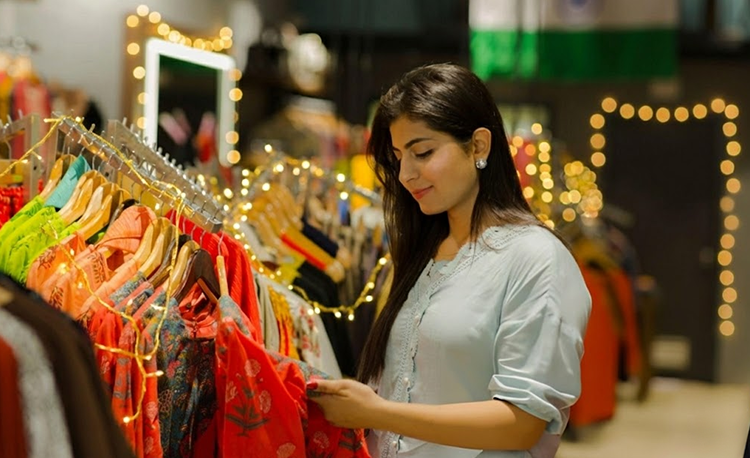
In the evolving world of modern retail, success isn’t just...

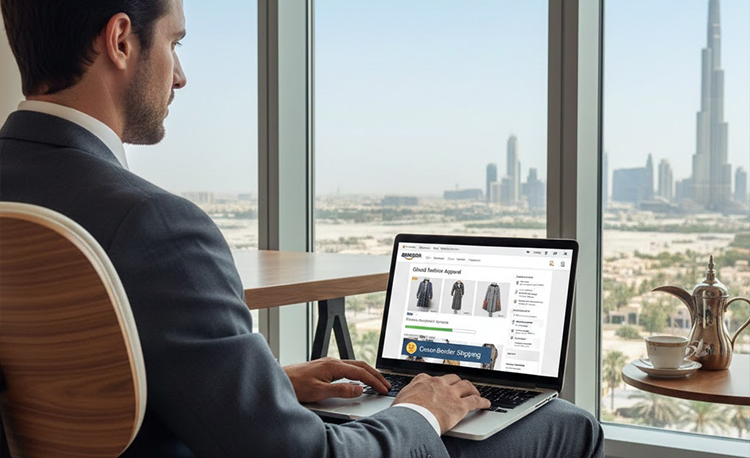
In today’s global eCommerce ecosystem, marketplaces have b...


In the fast-paced digital world, time is everything, especia...

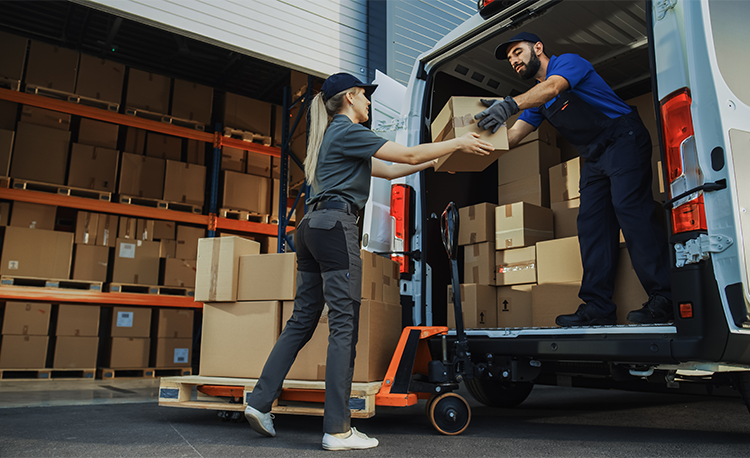
As Henry Ford wisely said, “The only real mistake is the ...

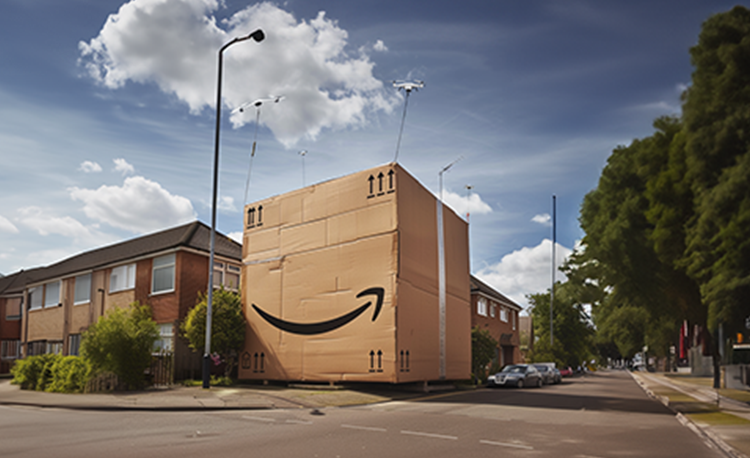
For many years, July was often considered a slow month for r...


With the overall increase in global retail sales figures, th...


In the...


In the...


The Indian eCommerce industry is transforming at a faster pa...

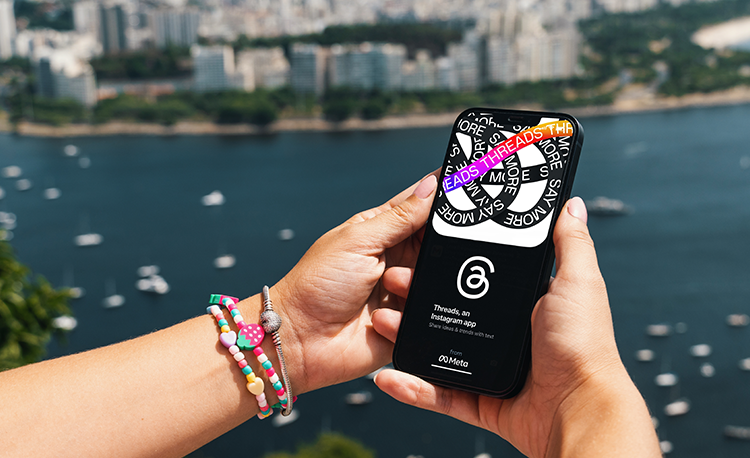
It’s been a while since Meta introduced its contender to T...

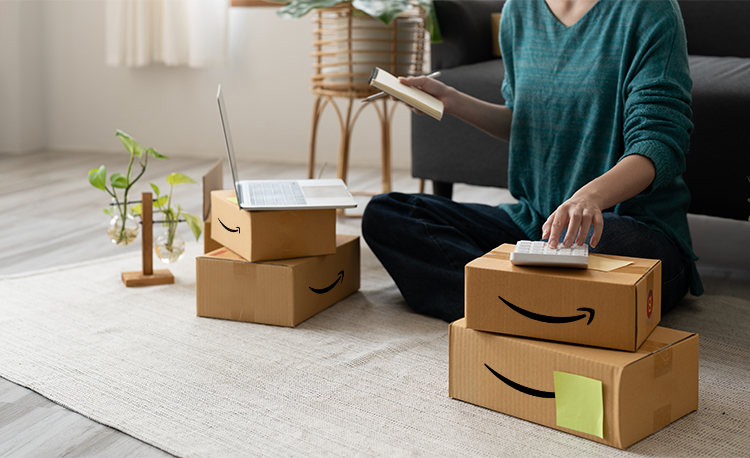
Marketing your brand at Amazon can exponentially boost your ...

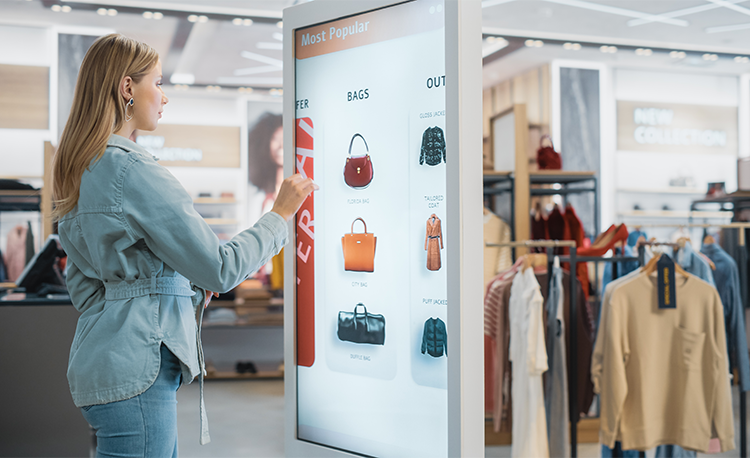
The pandemic has brought about a lot of changes and ada...


There is no denying the fact that marketplaces have bee...

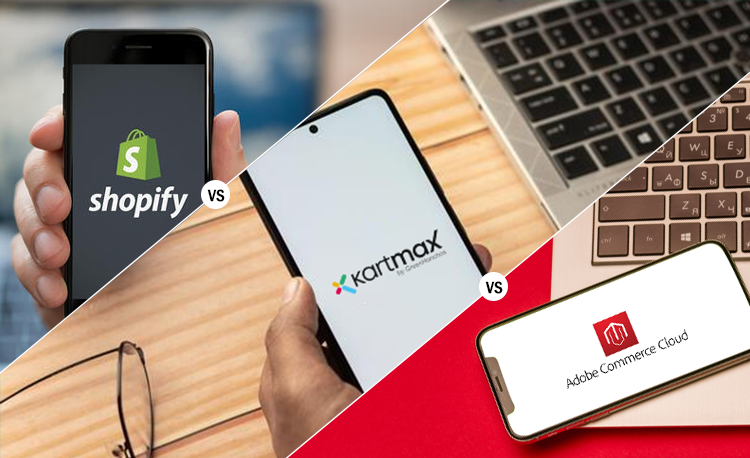
The post-pandemic world has made brands realise the importan...

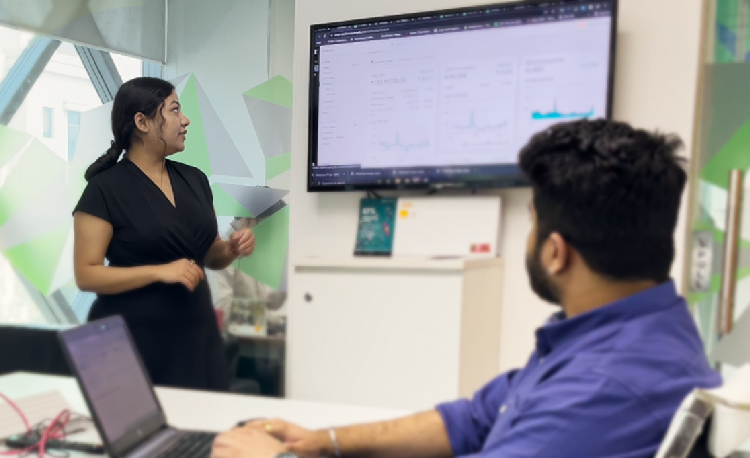
We are living in a digital age where every brand is coming a...


Digital media accounted for 64.4% of global ad sp...


Marketers since generations have banked heavily on the ...


Social Media has grown rapidly in the past couple of years. ...


The first step towards building a successful business i...

Want to take your eCommerce business to the next level? We help businesses make the most at every stage - from product conceptualization to achieving the maximum optimization & ROI on business operations.
B-24, Sector 3, Noida, GB Nagar,
Uttar Pradesh 201301, India
Mazaya Business Avenue, Tower AA1,
FZCO, Office #18, 36th floor, JLT, Dubai, UAE
1st Floor, Plot-183, Indiranagar Stage 2,
Bengaluru, Karnataka,
560038, India